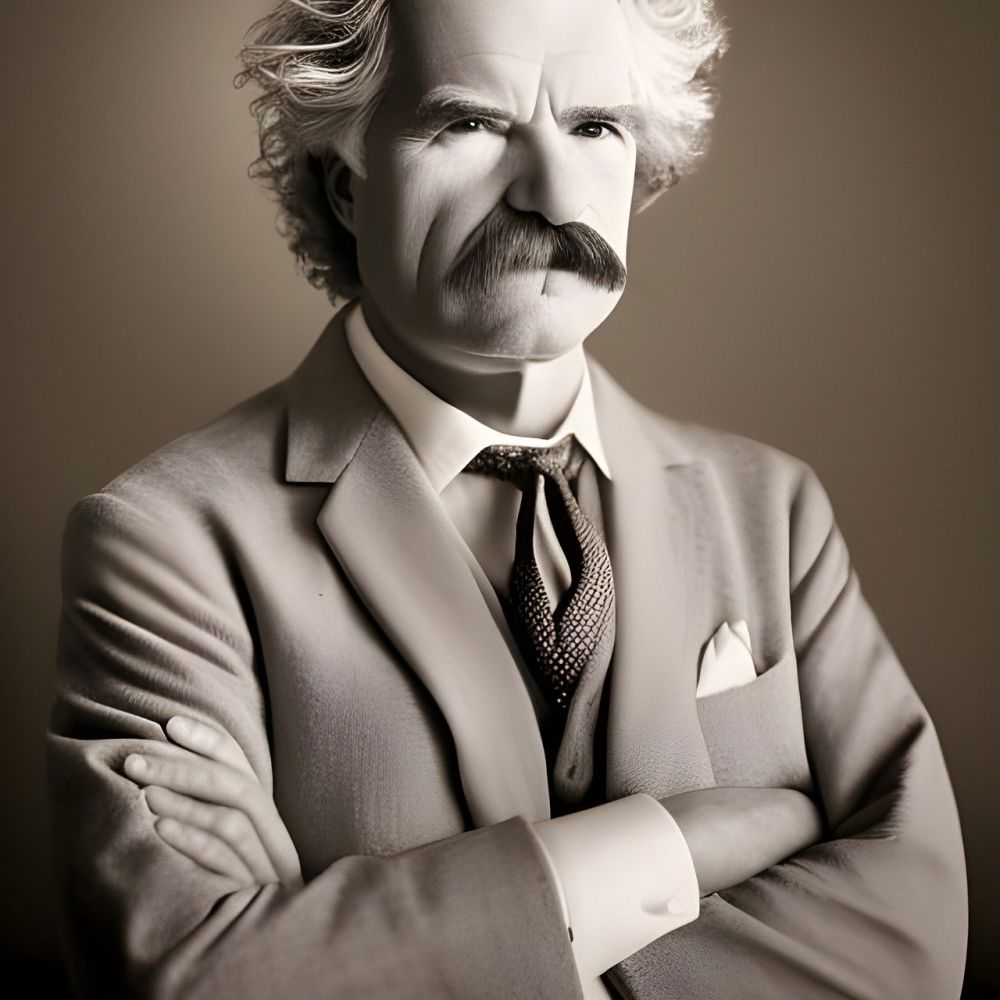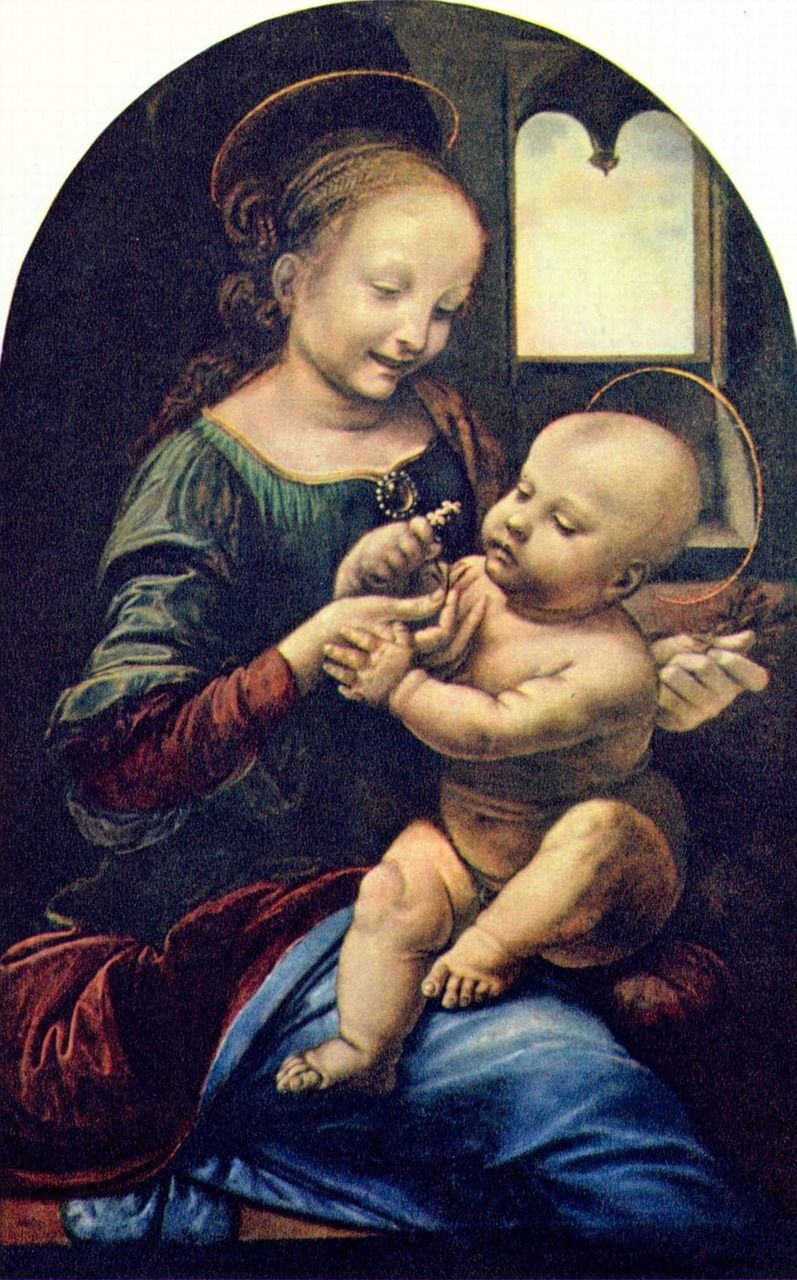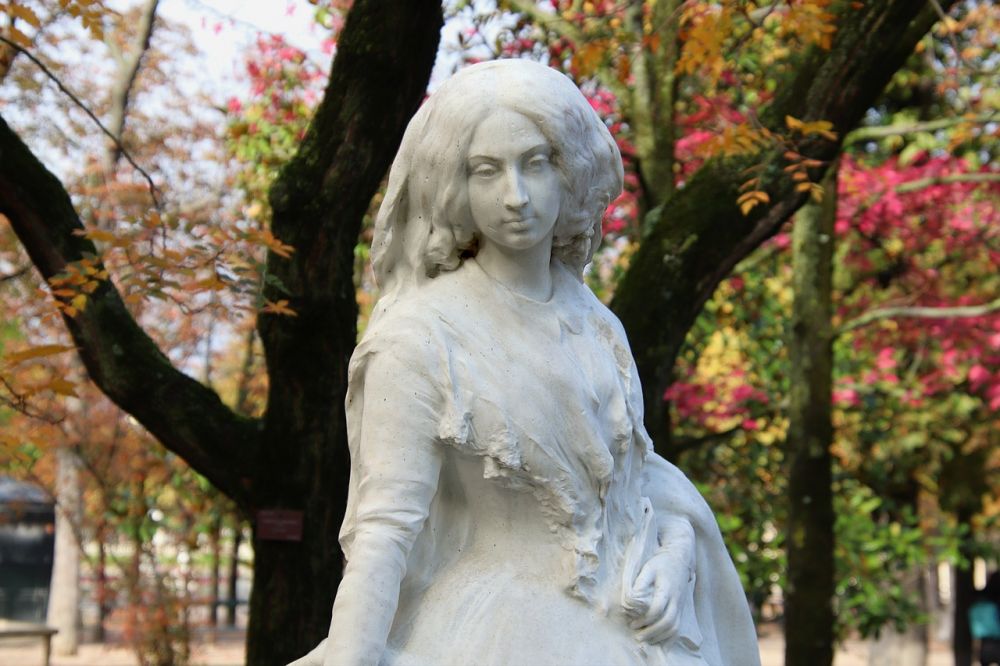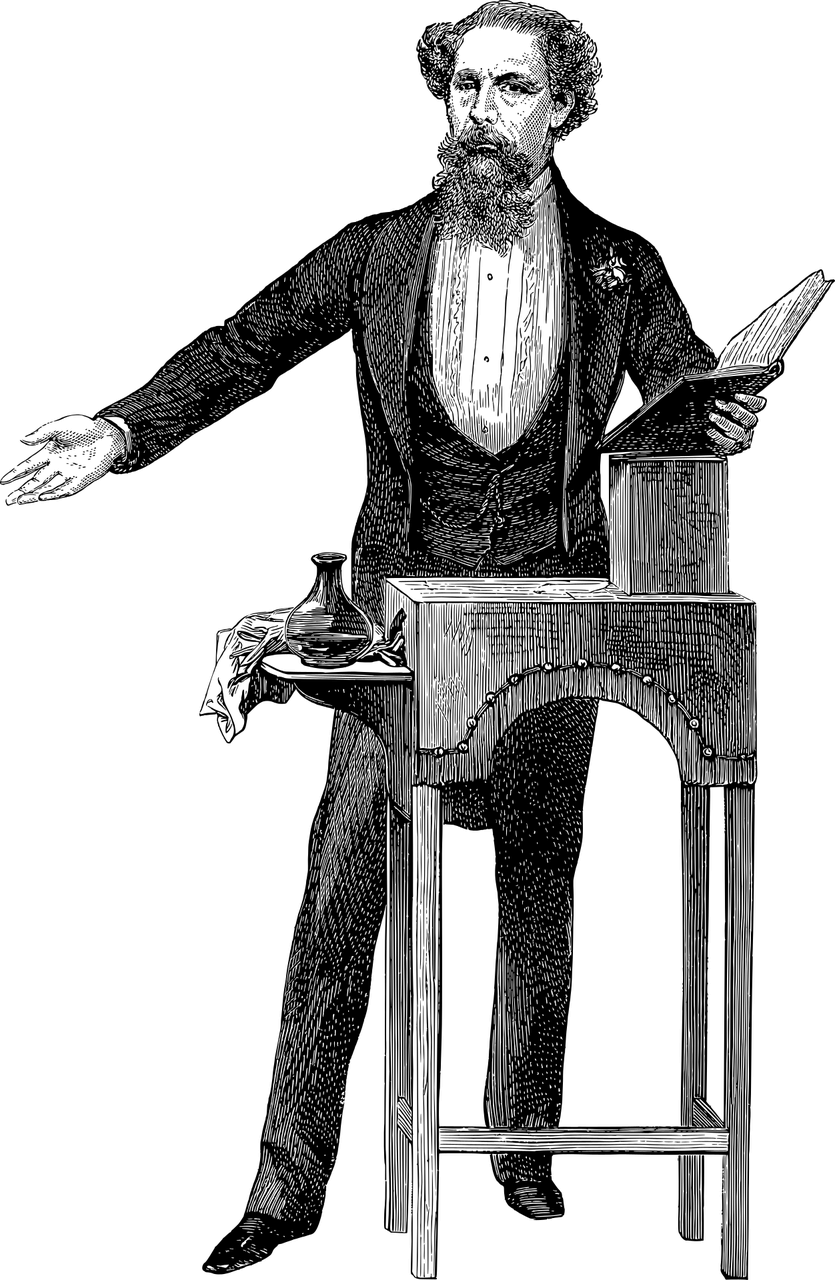Klokken is one of the most renowned and analyzed works by the Danish author Hans Christian Andersen

This captivating fairy tale has fascinated readers for generations with its themes of time, mortality, and the pursuit of happiness. In this article, we will delve into an in-depth analysis of “Klokken,” providing valuable insights for individuals who are generally interested in this topic.
Introducing “Klokken” and its Significance
“Klokken” is a short story written by Hans Christian Andersen and first published in 1845. It tells the tale of a young prince who becomes obsessed with the concept of time after witnessing a majestic clocktower. The clock in the tower, with its intricate mechanisms and melodious chimes, represents the passing of time and mortality. This symbolism plays a crucial role in understanding the deeper meaning of the story.
The story explores the prince’s journey as he tries to unravel the mysteries of the clock. He seeks to understand the philosophical implications of the passage of time and its impact on human existence. As he delves deeper into his inquiries, the prince encounters various characters and experiences that offer different perspectives on the meaning of life and the pursuit of happiness. This exploration of existential questions adds depth and richness to the narrative.
Historical Evolution of “Klokken” Analysis
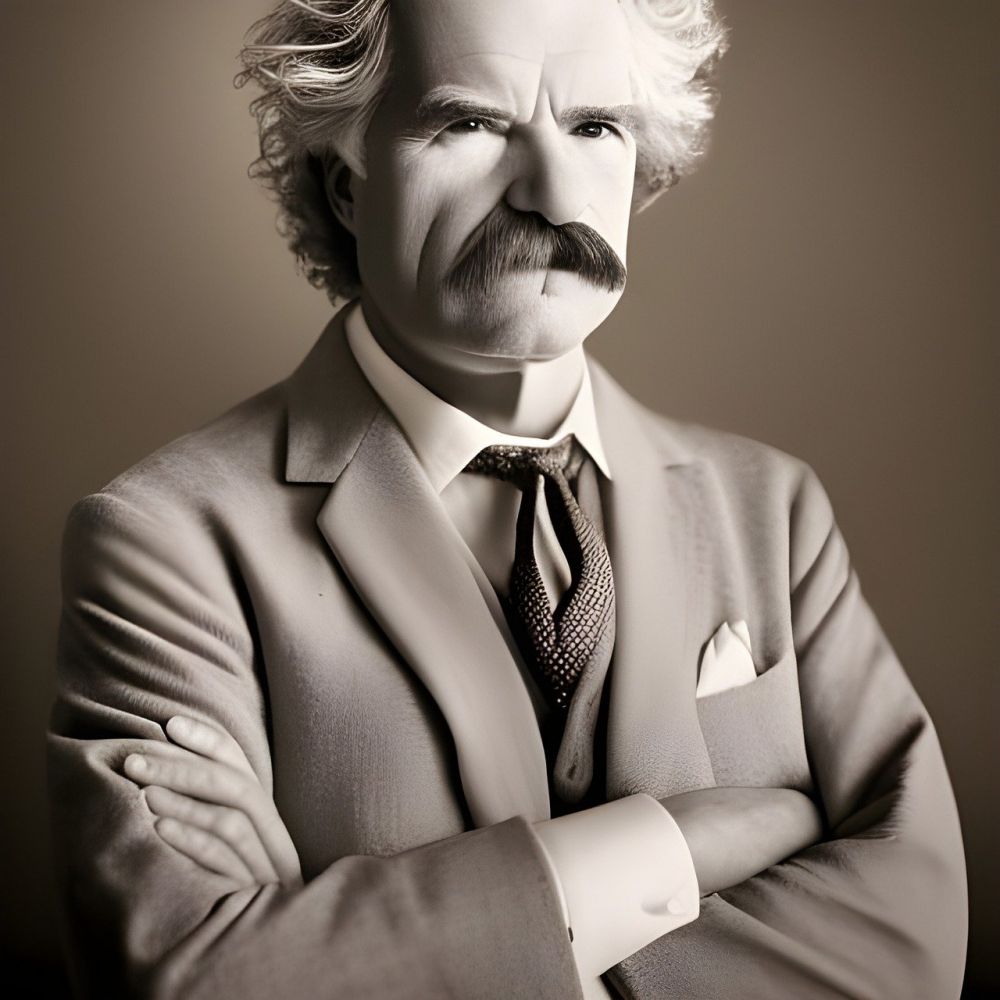
Over time, “Klokken” has been analyzed and interpreted by numerous literary scholars and critics, each offering their unique perspectives on the story’s meaning. Initially, during Andersen’s time, the story received mixed reviews, with some praising its philosophical reflections, while others found it too complex and abstract for a fairy tale.
In the late 19th and early 20th centuries, as literary criticism evolved, scholars started to appreciate the depth and symbolism embedded within “Klokken.” Some focused on the theme of mortality, interpreting the clock as a reminder of the inevitability of death and the ephemeral nature of human existence. Others emphasized the prince’s search for meaning and happiness in a world governed by time.
In more recent years, “Klokken” has been analyzed through various critical lenses, including psychological, postmodern, and feminist perspectives. These interpretations have further enriched the understanding of the story, shedding light on the prince’s internal struggle, the role of gender and power dynamics, and the deconstruction of traditional fairy tale tropes.
Organizing the Text for Enhanced Visibility and Featured Snippet Potential
To increase the likelihood of this article being shown as a featured snippet on a Google search, it is essential to structure the text effectively. By implementing and multiple H2 tags, the content becomes more scannable for both readers and search engines. Here is a suggested structure:
“Klokken HC Andersen Analysis: Unveiling the Mysteries of Time and Existence”
Introduction to “Klokken” and its Significance
Historical Evolution of “Klokken” Analysis
Interpretations and Perspectives
– Symbolism of Time and Mortality
– The Prince’s Quest for Meaning and Happiness
– Psychological, Postmodern, and Feminist Insights
Conclusion: Reflecting on the Timeless Appeal of “Klokken”
In conclusion, “Klokken” by Hans Christian Andersen continues to captivate readers with its profound exploration of time, mortality, and the pursuit of happiness. Its rich symbolism and layered narrative have inspired countless analyses and interpretations throughout history. By understanding the historical context and various perspectives, readers can gain a deeper appreciation for the complexities embedded within this enchanting fairy tale. As art lovers and collectors, it is essential to engage in such analyses, as they enhance our understanding and appreciation of literary works like “Klokken.”
